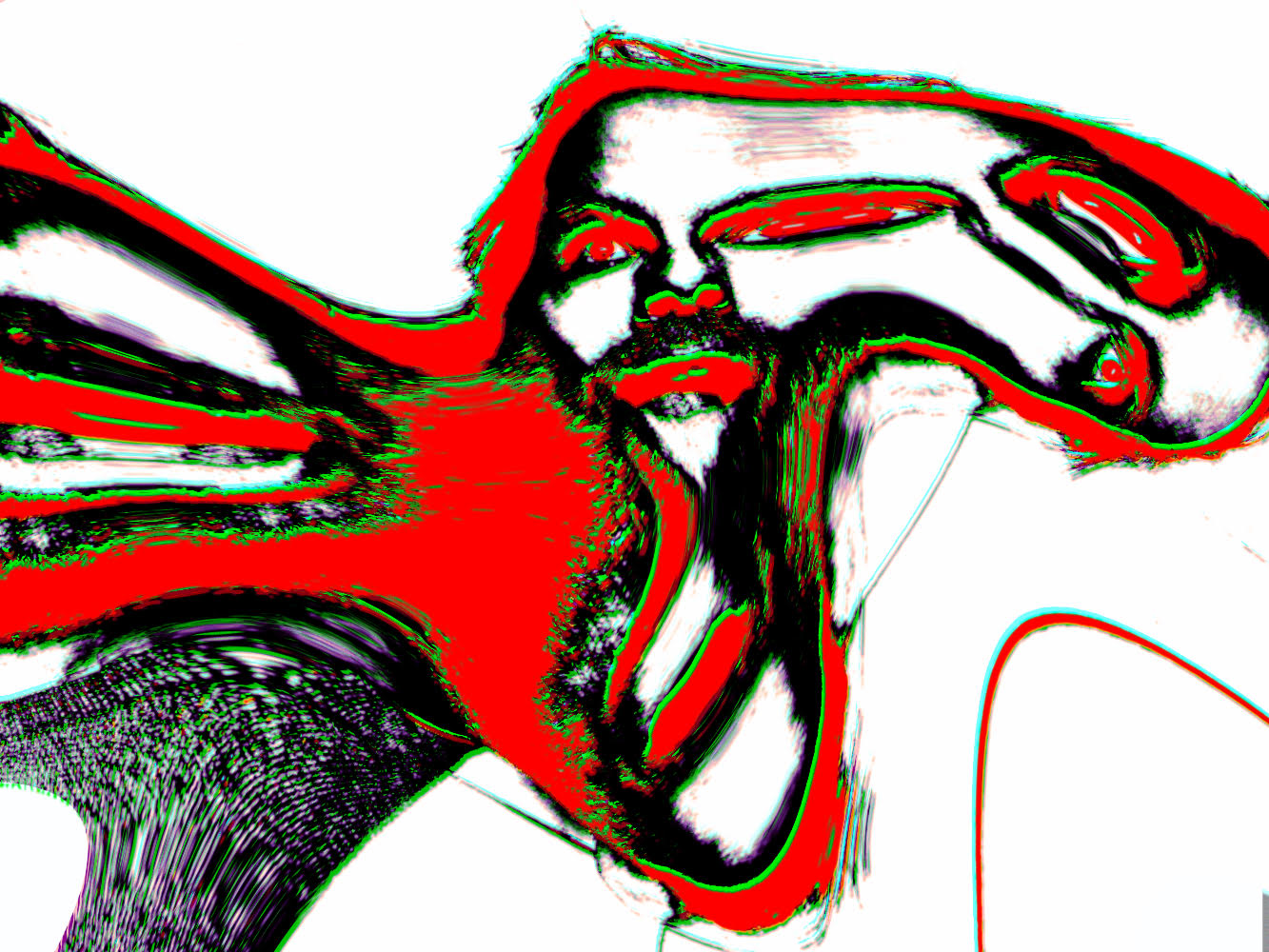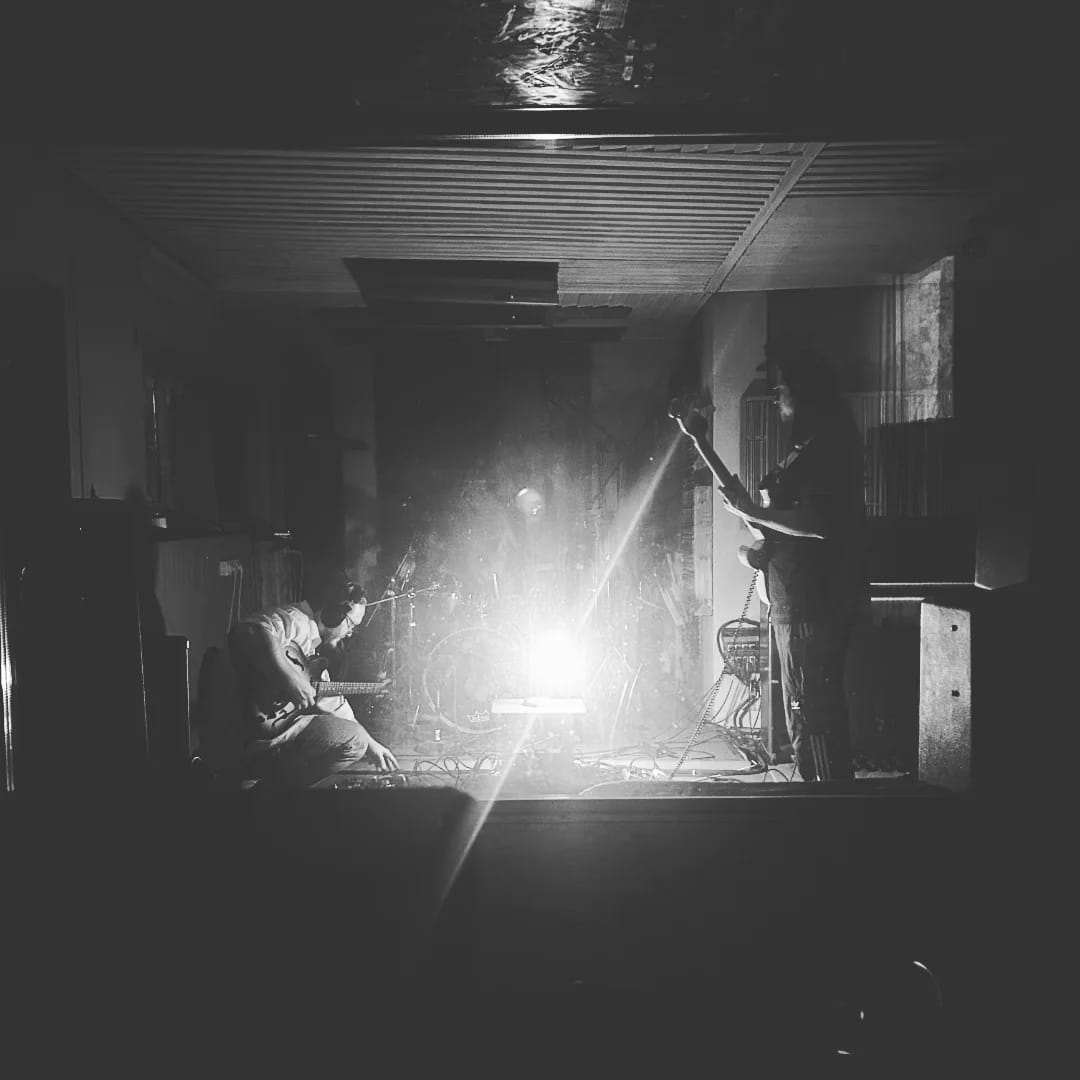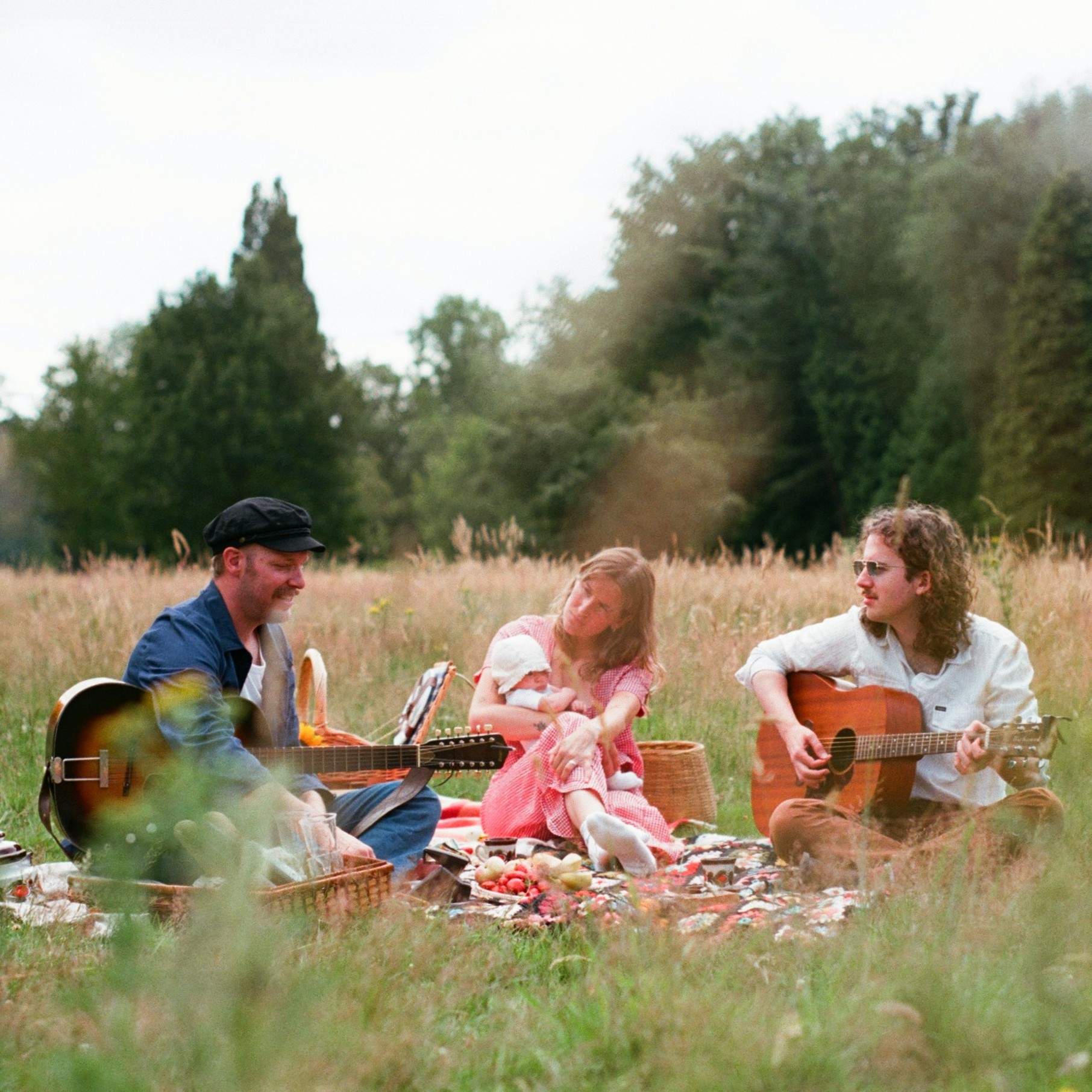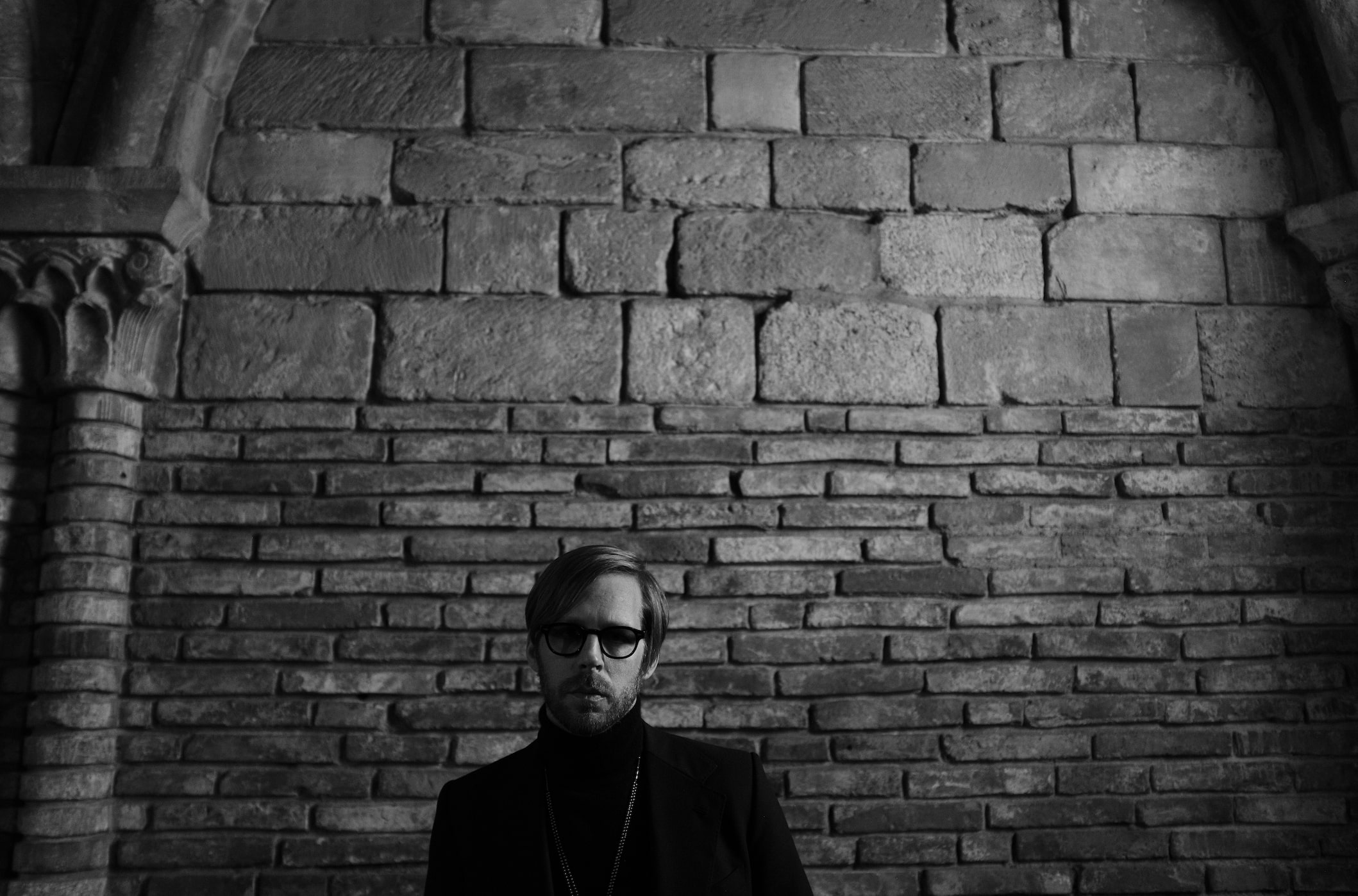Tomutonttu
‘Hoshi’ is the 7th album by Jan Anderzèn’s Tomutonttu. It’s accessible and recognisable cut and paste electronic, music, fragile and esoteric. Almost like a one-man early krautrock band.
“Nocturnal moods”
Can you tell me, in your own words, what am I listening to when I listen to ‘Hoshi’?
Jan Anderzèn: You’re listening to me having a great time with the mysteries of music and sound. I’ve already made and released a lot of music in my life but I had a strong feeling about this material. I think ‘Hoshi’ is crispy enough, born out of this moment in time, out of this here me, and relevant to share with anyone who might be interested.
I’m making music in collaboration with tools and software made by other people, and as always, with my crooked understanding of the history of music. I played little bits of my favorite music to a computer and asked them what they heard. I turned the replies (the midi information) to springboards for creating new music.
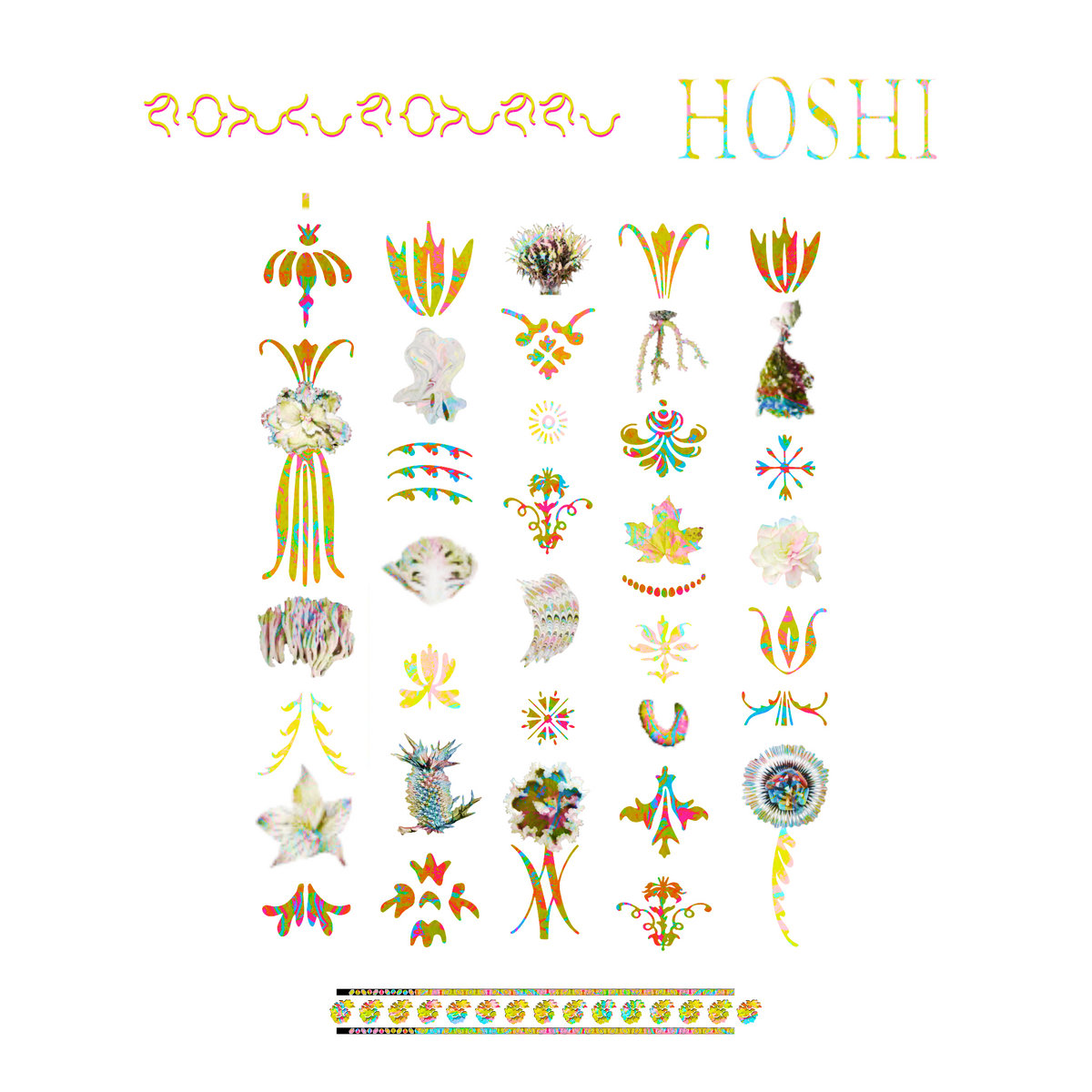
What does “Hoshi” mean?
The word hoshi popped out of my head when I was naming the folder where I began to save the material that would end up becoming this album. I used to save sound files with descriptive names but I’ve noticed it’s better to use working titles that allow the piece of music to develop freely without a burden of predetermined moods.
I began to like the word a lot but was struggling to find a meaningful connection to the work. I decided that HOSHI would be an acronym but not just for one set of five words. So I began to use it kind of like a title generator or a poetry meter. While walking from home to the studio I worked on possible acronyms in my head and then wrote down the ones I could remember after arriving at the studio.
I got very excited about having multiple names for the album. Then I remembered that my friend MSHR (who I was working with at the same time on a parallel project) had named their duo in a similar way: “MSHR’s a modular acronym, designed to hold varied ideas over time”.
I told them what was going on and wanted to know what they thought about it. They told me never to be in touch and that they were going to sue my ass if I went ahead with my plan. Then I told them C.C.C.C. could be “Cosmic Coincidence Control Center”, “Community Center Cyber Crash” or who knows what. They sealed the conversation by telling me they had named their car OSHI only a few months before!
I wasn’t consciously aware that hoshi is a star in Japanese. Stars becoming visible when you turn off the lights does fit well with the sort of nocturnal moods I wanted to explore with some of the music on this album.
“Art is a good place to operate with paradoxes”
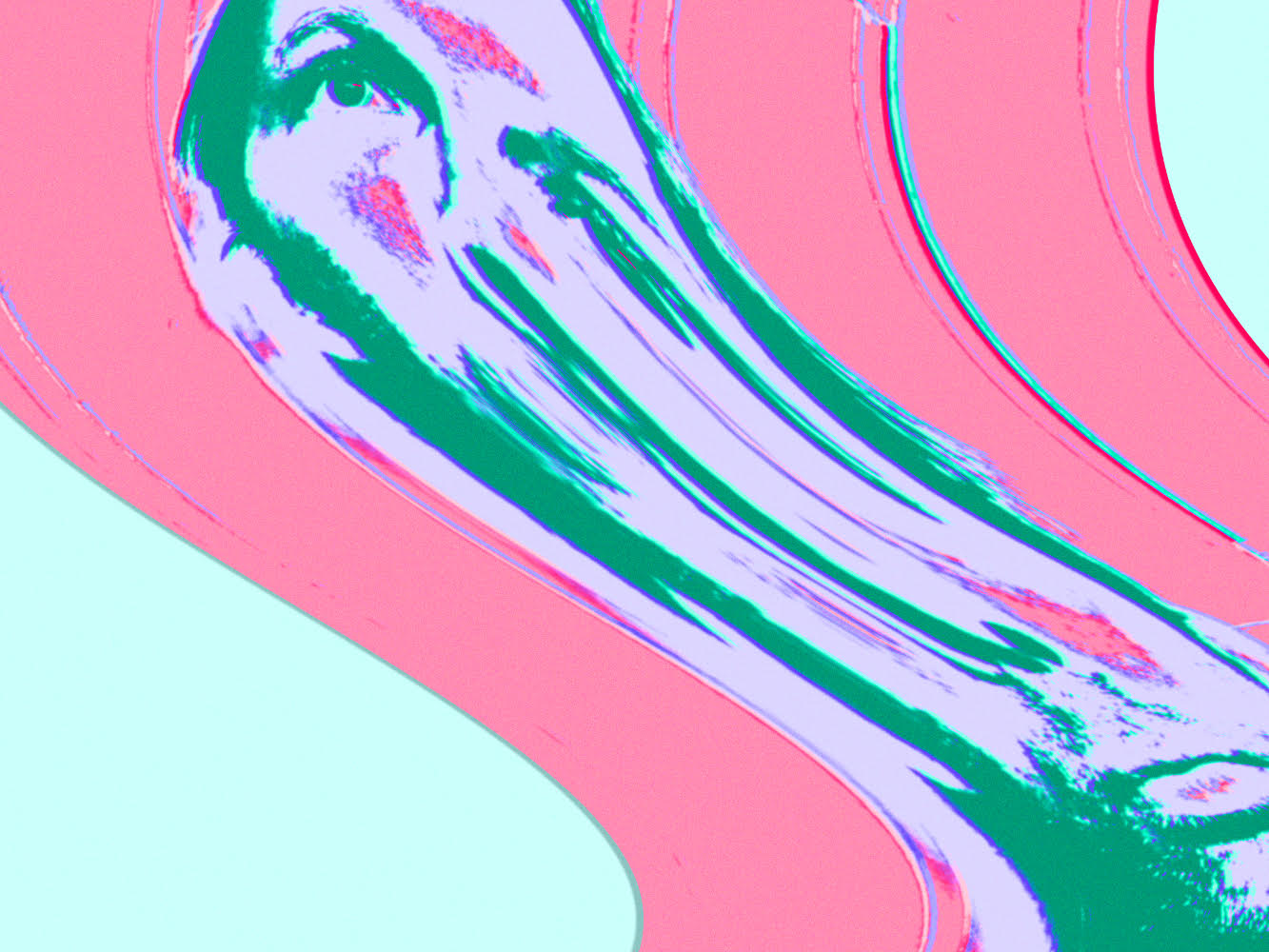
Is the album about your mixed relationship between being a natural person on one hand and living in a digital age on the other hand?
I don’t really think of myself as a “nature person” in the sense of someone who spends a lot of time in the wilderness. I do see myself, and all humans, as part of nature. My deep longing for a communion with “nature”, or with “wild”, I felt as a child is connected to human cultural evolution in ways that I find fascinating. This connection is central to my work and related themes continuously arise in my work.
Art is a good place to operate with paradoxes. Sometimes making art with digital tools can be a grounding exercise.
You said the album is made ‘effortlessly and scary fast’.
I think things happened so fast because I had not made any music in a while and I had a hunger for it, some new inspiring tools and lots of ideas in my notebook that I wanted to try out. I prefer not to say I was “channeling”, although it felt like that because this music was taking shape so easily. I recognized its own will and respected it. That’s why I said I was scared even if I wasn’t really afraid.
You became a father. Does this change the way you deal with music? Practically: do you have less time for music these days?
I do have less time for myself and less time for my work. I’m not a young dad so I’ve gotten pretty used to deciding what I want to do and when. Breaking out of that is not easy. Before becoming a parent I would ignore all discussions about this but now that is something I see everywhere, artist parents balancing with staying present for their kids and devoting to the Muse at the same time.
After becoming a father the work has become even more my own time. This means I don’t really do “free time” anymore.
I interviewed you three years ago about your previous album. Does this mean that your tempo for making an album is: three years? And what does “working on an album” mean to you? Do you make music daily? Do you think about making music daily? Do you play and record at home? Do you combine making music with a day job?
Nowadays I take pretty long breaks from music, I definitely don’t make music daily. I do think about making music a lot and I write down notes. Music and sound based work is one aspect of my art practice. Every now and then I make some recordings at home but mostly I work at my studio where I go every day from Monday till Friday.
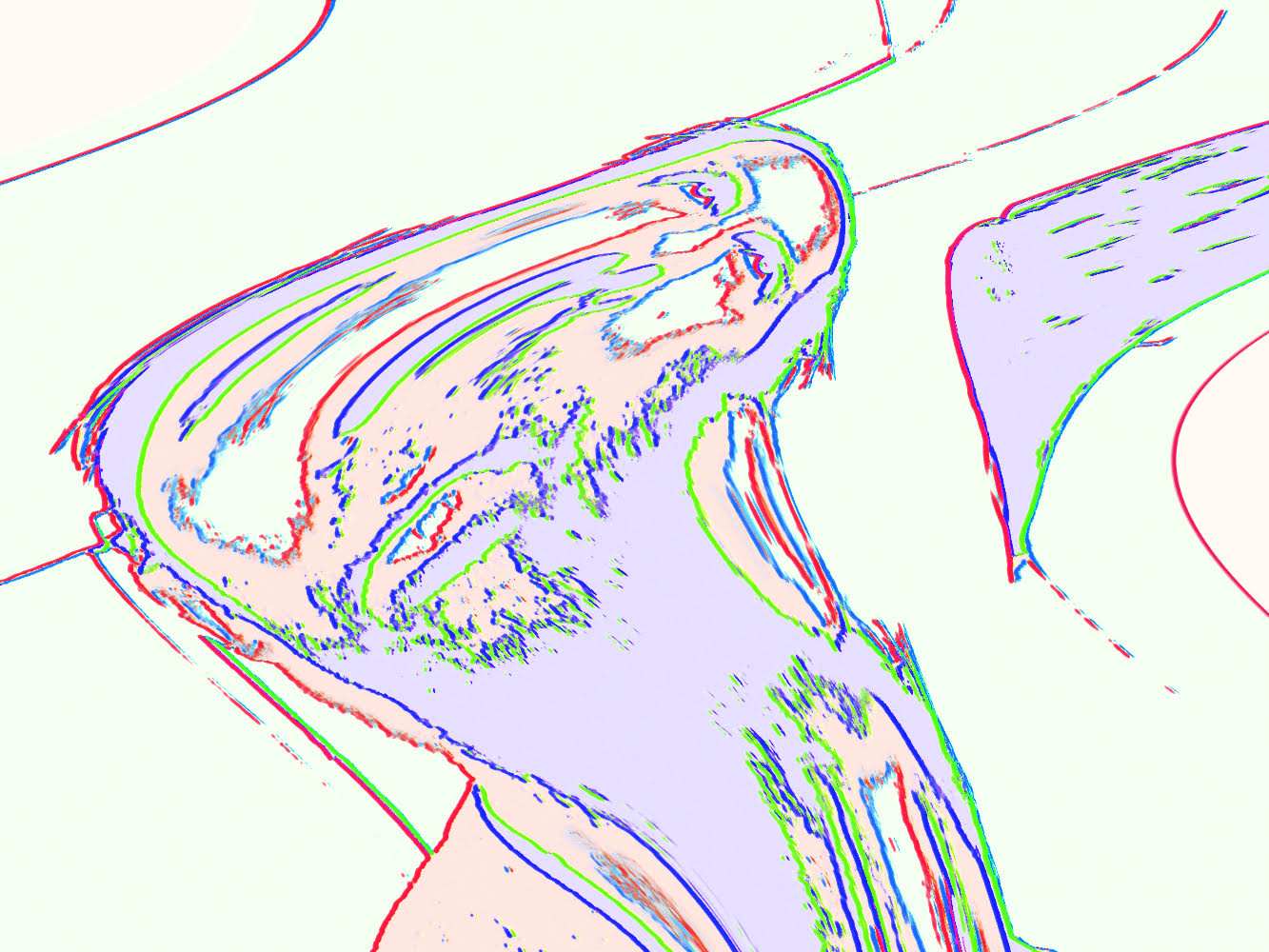
What are your future plans? An album with Sami (Es)?
Next up I’ll be working on some architectural 3D models. Building, collaging and demolishing some enchanting virtual spaces and then making drawings of them. Looking forward to finishing Kaloja, my collaboration with Paul Wilson (F.Ampism). We’ve talked with Sami about playing board games in the near future.
Joeri Bruyninckx
Jan Anderzén Official Website / Facebook / Instagram / Twitter / Bandcamp / YouTube
Headline photo: Jan Anderzèn

